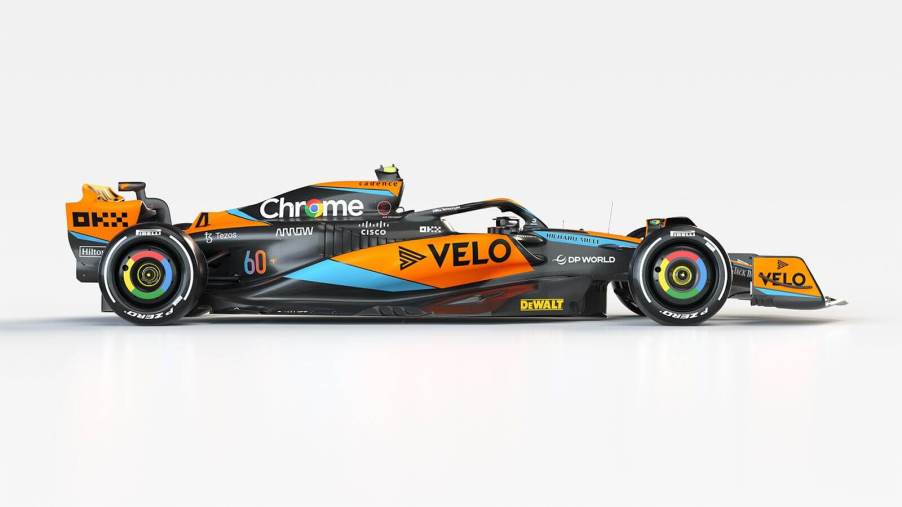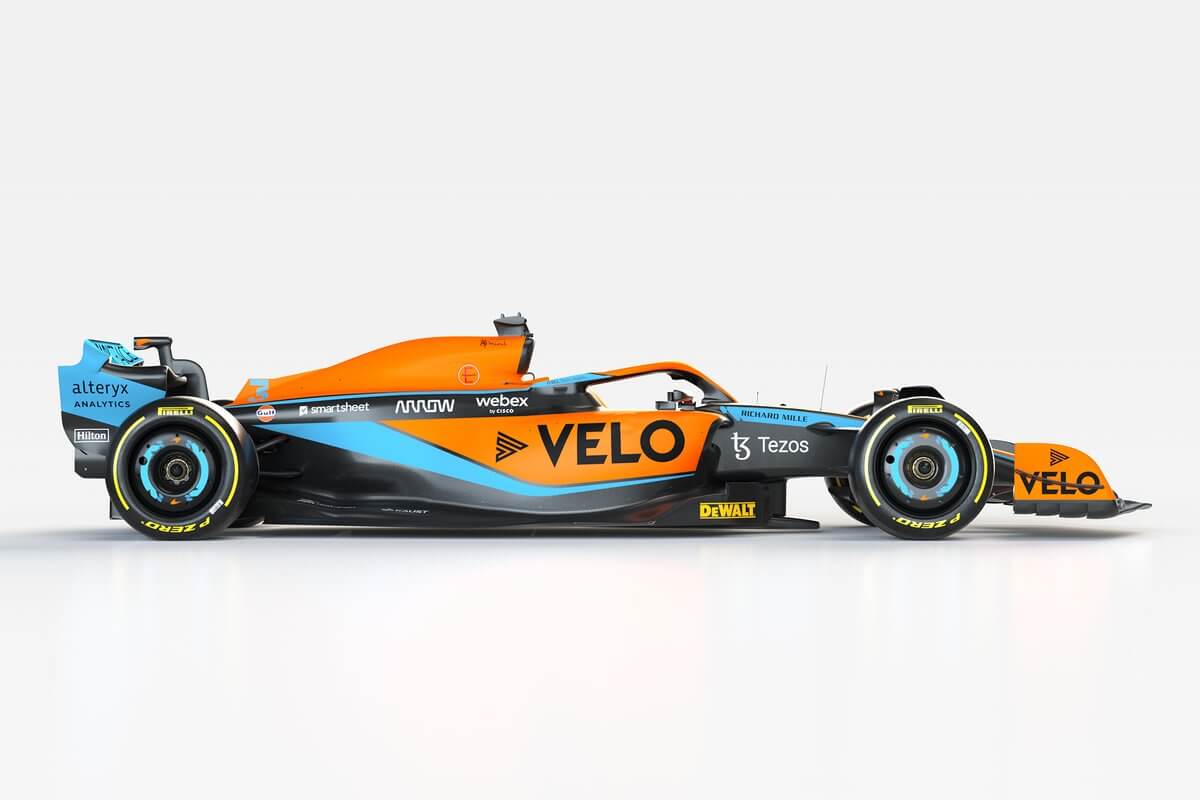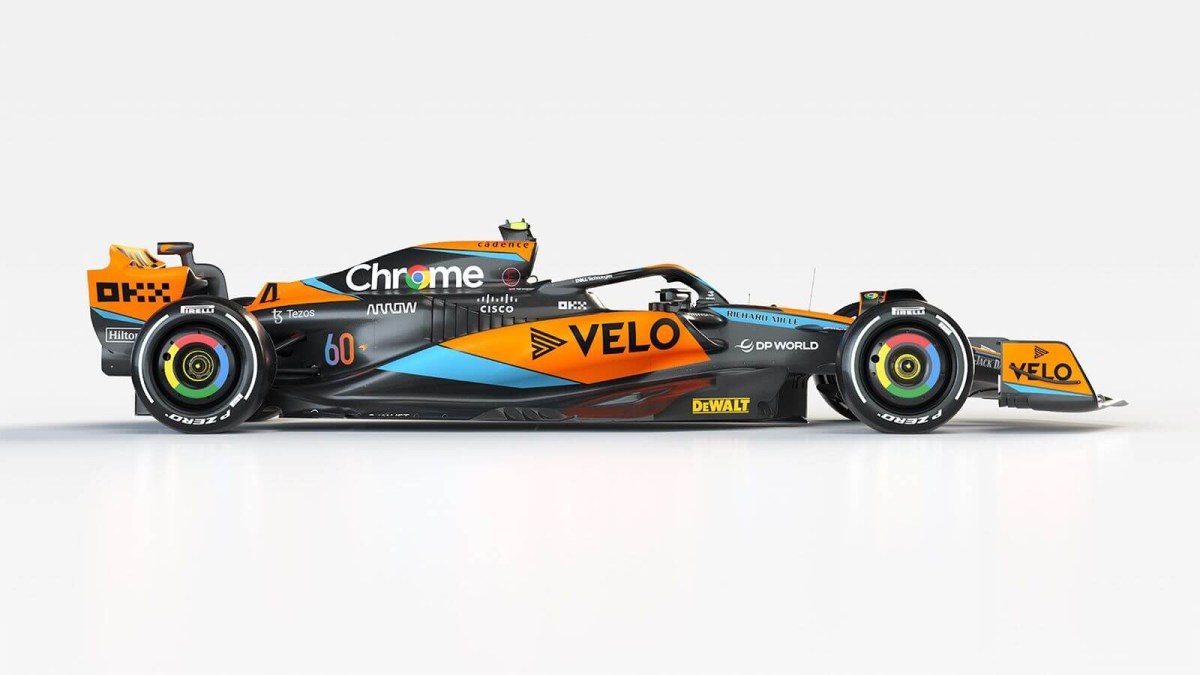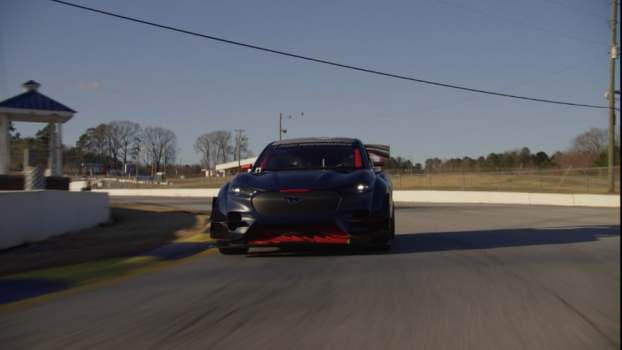
Why are So Many Formula 1 Cars Black This Year?
Formula 1 testing begins today, and after weeks of livery reveals, one question stands out: why are so many Formula 1 cars black this year? As it turns out, it isn’t that the designers are going through a collective goth phase. Rather, teams are shedding paint to help save weight.
New regulations force F1 teams to put cars on a diet
In 2022, a set of new regulations changed both the weight limit and build requirements of new Formula 1 cars. Teams seemed to have few problems getting things worked out at the outset. However, as the cars developed throughout the 2022 season, many teams struggled to meet the strict 798kg (1,759 lb) weight requirement.
In March of 2022, Aston Martin Chief Technicial Officer Andy Green said, “These cars are heavy by regulation, and to get down to the regulation weight, it’s a challenge. We went through the whole car from front to back, and we took paint off wherever we could.”
The added emphasis on hybrid components, a strengthened halo and safety structure, and even large wheels have contributed to the increased weight of Formula 1 cars. Meanwhile, F1’s chief technical officer Pat Symonds indicated to MotorSport Magazine that reducing car size and weight is a goal of the sanctioning body.
That will be hard to do without compromising safety or drastically altering the hybrid power unit structure – two things that have been feathers in the cap of F1 in recent years.


Several teams began shedding paint last year
While the onslaught of dark liveries may seem like a new trend, teams actually started stripping paint from their cars in 2022. As early as March of 2022, Green indicated to Motorsport.com that removing paint helped save 350 grams. As it turns out, that initial bit of weight saving proved inspirational for the rest of the grid, with some teams shaving up to 6kg in the process.
Williams and McLaren immediately followed suit, with the former wondering aloud if it could remove all the paint from its 2022 challenger. Williams especially struggled with pace in 2022, and shedding some weight helped the team improve performance, even if gains were marginal.
A new year brought new opportunities – and more black F1 cars
With the weight issue at the forefront of many decisions, almost every 2023 Formula 1 car has more black in its livery than in years past. Even Ferrari, legendary for its all-red paint scheme, has big blocks of black on the nose and sidepods, plus all-black front and rear wings.
Significantly, the Italian outfit uses matte paint for its cars, and has since 2021. The switch from gloss to matte removes a layer of coating from the cars, saving about 3kg of weight. And Ferrari isn’t the only team using the tactic to keep color while saving weight – Red Bull’s cars have featured matte paint for three seasons now.
Meanwhile, teams like Haas and especially Mercedes have gone to nearly all-black looks for 2023. Even McLaren, known for its bright orange and blue combination in other series, has added swaths of bare carbon to its new F1 car.
Whatever your feelings are on the darker look of the F1 grid, it’s safe to say that black Formula 1 cars are probably here to stay.




